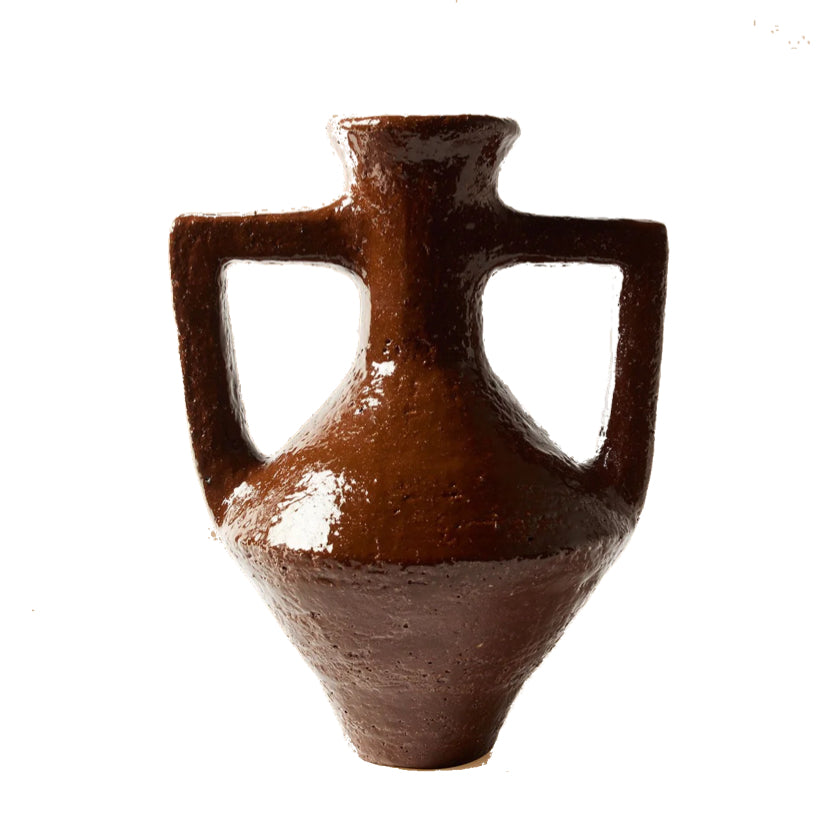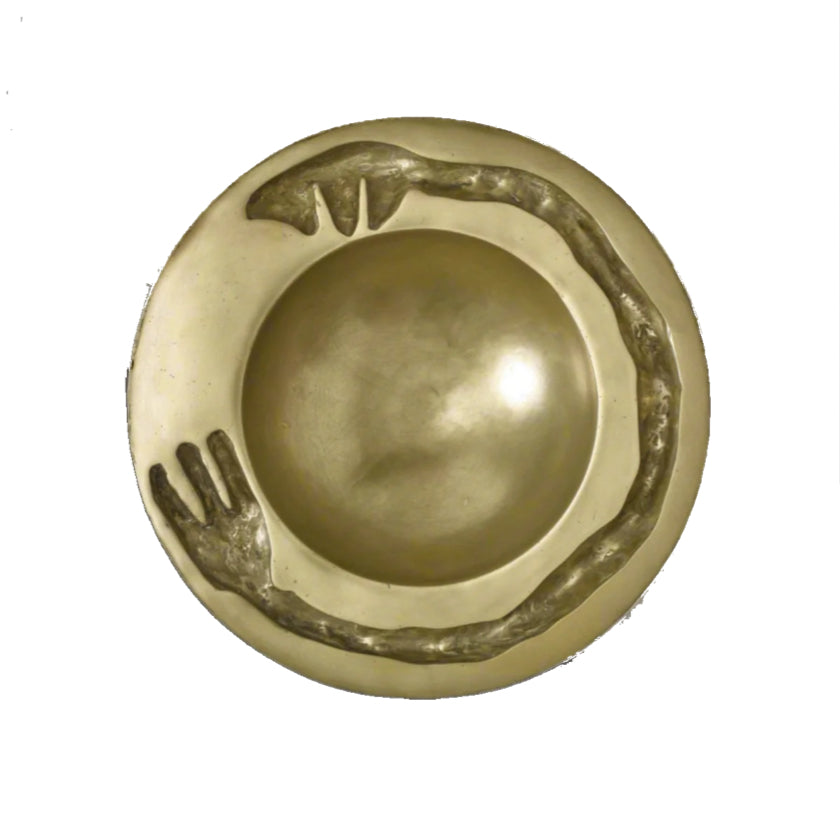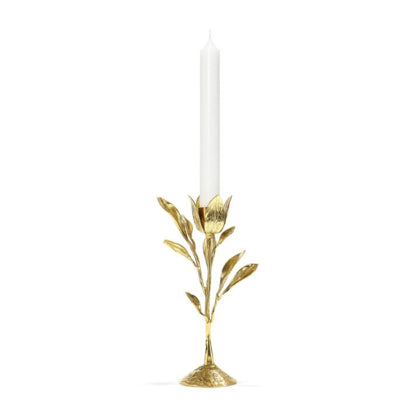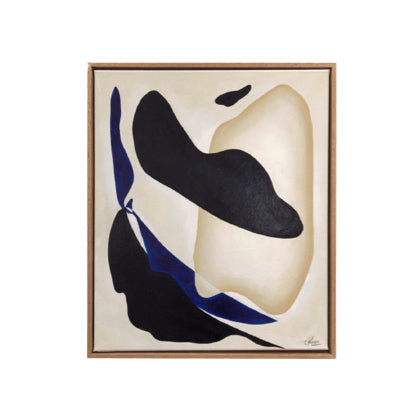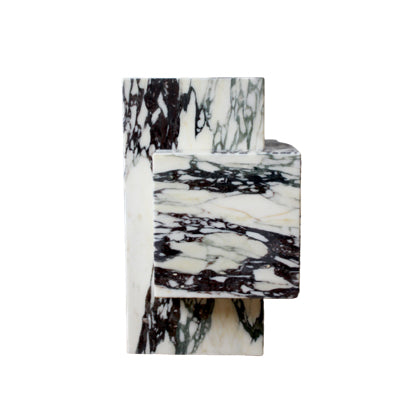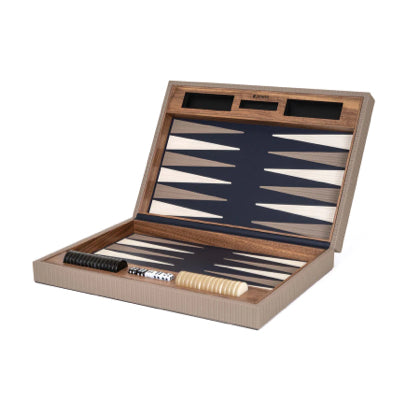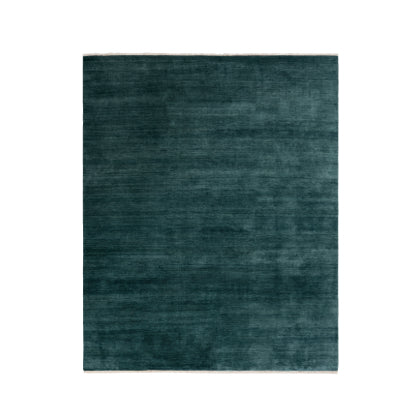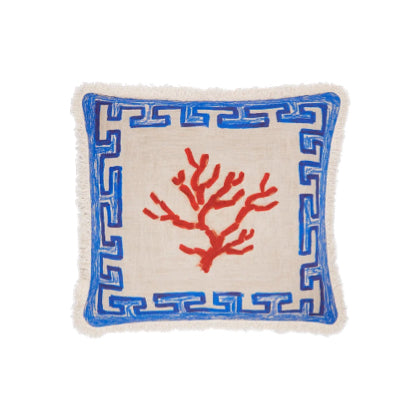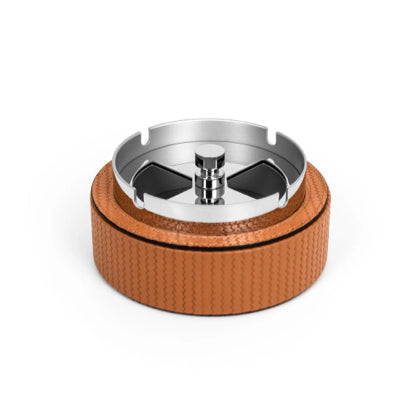Brutalist chair
Understanding the Appeal of the Brutalist Chair
Through these selections, we invite you to appreciate the unique qualities of each chairs and envision how they might fit into your own living space, providing a sense of history and character that modern designs often lack.
The charm of this collection lies in its ability to resonate with both modern and vintage sensibilities. Pieces from the 1960s stand out, reflecting a time when furniture design was unafraid to push boundaries. Each chair is a testament to the era's embrace of industrial aesthetics, often showcasing materials like concrete, metal, and wood in their most authentic forms. This dedication to honest craftsmanship not only emphasizes the raw beauty of the materials but also connects the past with contemporary tastes.
Curation of this collection involves a careful selection process that prioritizes not just the aesthetic appeal but also the narrative each piece carries. We aim to celebrate the intersection of art and function, offering chairs that are as much about the experience of sitting as they are about the stories they tell. Through these selections, we invite you to appreciate the unique qualities of each chair and envision how they might fit into your own living space, providing a sense of history and character that modern designs often lack.
Brutalism in furniture is an architectural style that emerged in the mid-20th century, particularly during the 1960s. It is characterized by its raw, rugged aesthetic and the use of materials like concrete, steel, and wood. The beauty of this style lies in its unrefined appearance, which celebrates function and structure over ornamental embellishments. This movement sought to break away from traditional design norms, offering a bold alternative that reflected the social and political shifts of the time. The simplicity of brutalist furniture design often conveys a sense of honesty and authenticity, making it a favorite among those who appreciate modernist ideals.
Notably, brutalism in furniture has made a significant impact on contemporary design, influencing various trends and styles. Designers today continue to draw inspiration from the minimalist and functional forms that define this movement. The 1960s chair, for instance, often serves as a reference point, showcasing how the combination of geometric shapes and industrial materials can create striking pieces that stand the test of time. As we look at the evolution of this style, it becomes clear that brutalism in furniture is not just a passing trend but a lasting expression of cultural values that prioritize practicality and boldness.
The 1960s chair stands out not only for its unique aesthetic but also for its ability to complement various interior styles. With its raw materials and geometric shapes, this chair type captures the spirit of brutalism in furniture design. Incorporating a 1960s chair into your living space can add an element of boldness that enhances contemporary decor. Whether placed in a minimalist setting or as a statement piece in a more eclectic room, its sculptural form draws the eye and sparks conversation. This versatility makes it a valuable addition to any home.
When styling with a 1960s chair, consider the surrounding elements to ensure harmony. Pair it with softer textiles or organic shapes to create balance and counteract its starkness. For example, a plush throw or vibrant cushions can soften its hard lines, making it inviting and comfortable. Additionally, placing the chair next to natural materials, such as a wooden side table or a woven rug, enhances its appeal, creating a warm and welcoming atmosphere. Choosing the right accessories can further elevate the impact of the chair, transforming your space into a curated collection of design.
Caring for a 1960s chair is crucial to maintaining its integrity and beauty. Regular dusting with a soft cloth helps prevent the buildup of dirt, while the occasional application of a suitable wood conditioner keeps the surface looking fresh. For chairs upholstered in fabric, professional cleaning may be necessary to preserve the material's texture and color. Ensuring that the chair is placed away from direct sunlight can prevent fading over time. By following these care tips, your 1960s chair can remain a cherished piece in your home for years to come.

